- Home
- slideshows
- miscellaneous
- California Gov. Gavin Newsom said these 6 things need to happen before the state even thinks about loosening its stay-at-home order restrictions
California Gov. Gavin Newsom said these 6 things need to happen before the state even thinks about loosening its stay-at-home order restrictions
There would need to be an increase in widespread testing, contact tracing, and isolating and supporting those who are positive or exposed.

The state would need to work harder to prevent infection in those who are at risk of severe COVID-19 symptoms, including those who are incarcerated, homeless, or elderly.
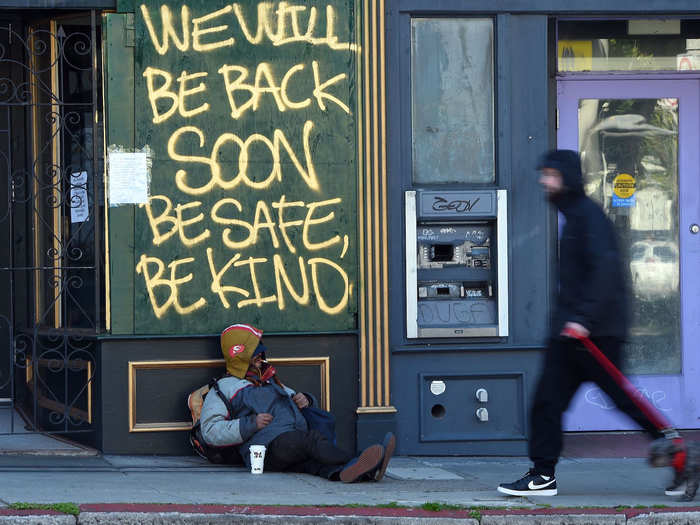
The state's more than 28,000 homeless individuals are vulnerable, as those living on the streets are at a high risk of contracting infectious diseases due to lack of shelter and resources to practice proper hygiene.
An outbreak has already hit San Francisco's homeless shelter community, for example. More than 90 homeless residents at the city's largest shelter have tested positive for the disease, and at least 30 people living in SRO hotels have as well. Those living in SROs are usually residents in danger of entering homelessness.
The city's Board of Supervisors is voting this week on a proposal that would require San Francisco to rent 7,000 unoccupied hotel rooms to house and protect its entire homeless population throughout the state of emergency.
About 3,500 of the state's 115,000 in the state's jail systems are expected to be released during the COVID-19 public health emergency in an attempt to protect them by removing them from such large congregate settings. But some advocates have said that isn't enough.
Hospitals and healthcare systems need to be properly supplied with ventilators, masks, and other items to adequately treat infected patients.
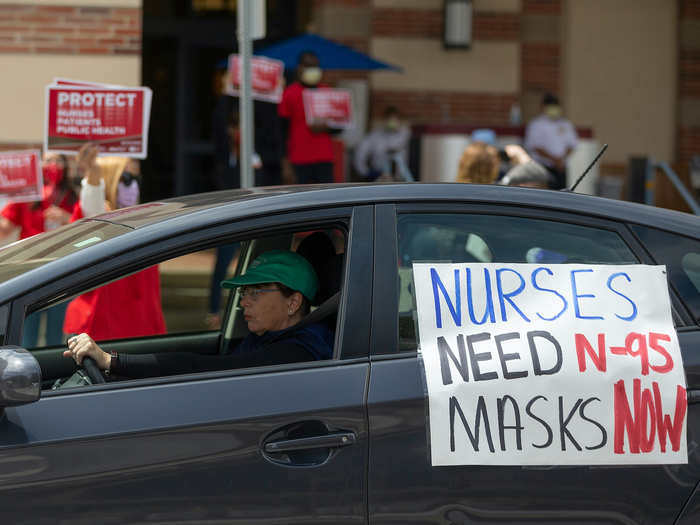
Nurses, doctors, and support staff are on the frontlines of the coronavirus pandemic, and ensuring they have what they need to do their job is vital in keeping the number of infections down and the curve flattened.
Work will need to continue with academia and researchers to help in advancing efforts to fight the virus.
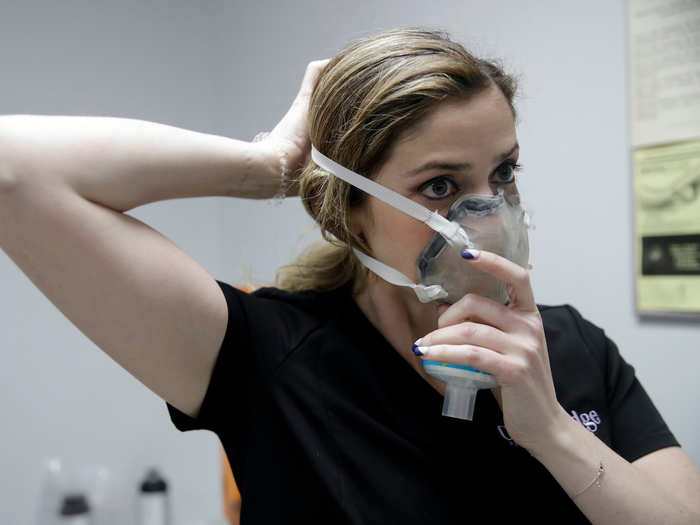
Newsom said that there's no shortage of technology companies in California that could help amid the public health emergency, such as helping to establish an infrastructure to help with contact tracing.
We will have to learn how to reshape our physical environments — such as businesses, schools, and child care facilities — to support social, or physical, distancing.
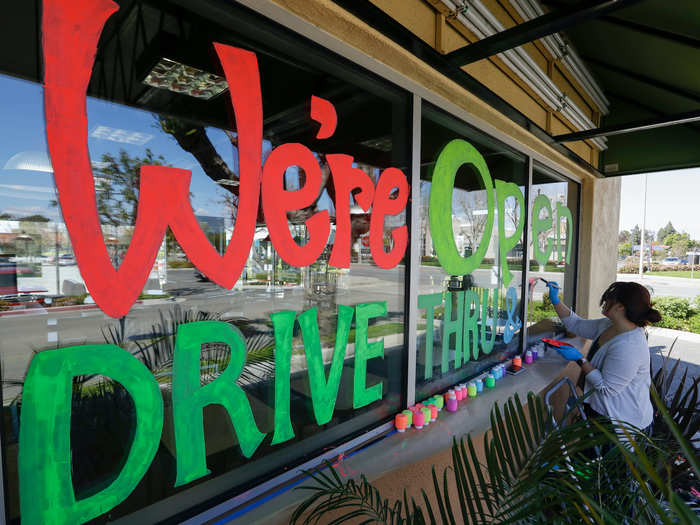
Large-scale sanitation will need to be carried out, with parks, beaches, sidewalks, streets, elevators, and other common areas thoroughly disinfected.
Life will look more normal, but not like we were used to. For example, schools may open but students could be reentered in waves, with a morning cohort and an afternoon cohort. Restaurants could reopen with fewer tables, and menus may be disposable. Waiters may be wearing gloves and masks, and your temperature may be checked before walking in.
Restaurants and other small businesses have been slammed by the order, which requires dine-in restaurants to close and only essential ones to remain open. Mass layoffs have ensued.
Part of the goal of loosening the stay-at-home order restrictions is to "get this economy roaring again," Newsom said.
Face-coverings will likely be common among the general public.
However, even if these modifications are made, large-scale events that bring tens of thousands of people "are not in the cards" currently, Newsom said. Newsom also said county officials would be able to make decisions based on local needs, though baseline recommendations will be in place.
State and public health officials would need to be able to identify when to reinstitute certain measures if necessary if restrictions are loosened too much and they need to be reeled back.
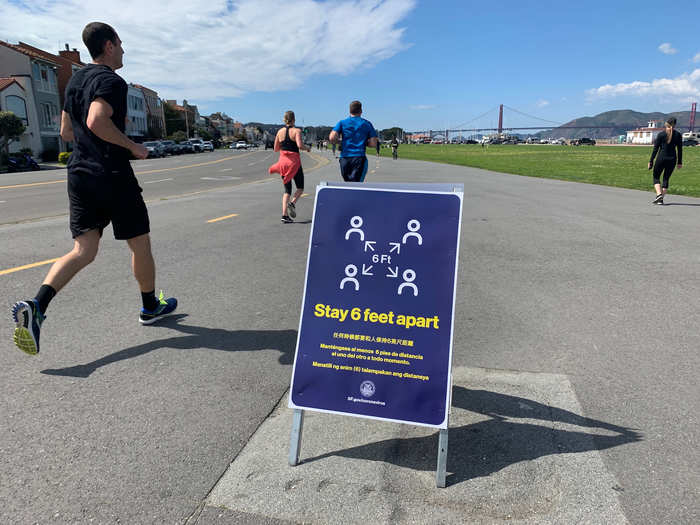
This could include identifying a tracking system to serve as an early warning system to contain pockets of the spread of the virus.
Relaxing restrictions on the public as part of the order would create more room for an increase in the spread of the virus and more confirmed infections. Newsom said reintroducing aspects of normal life would only work if all residents took greater individual accountability in helping to do what is necessary to contain the disease, such as self-isolating if they test positive.
The state of California is on week 4 of a stay-at-home order to contain the coronavirus disease, which was issued just two days after the San Francisco Bay Area entered its own.
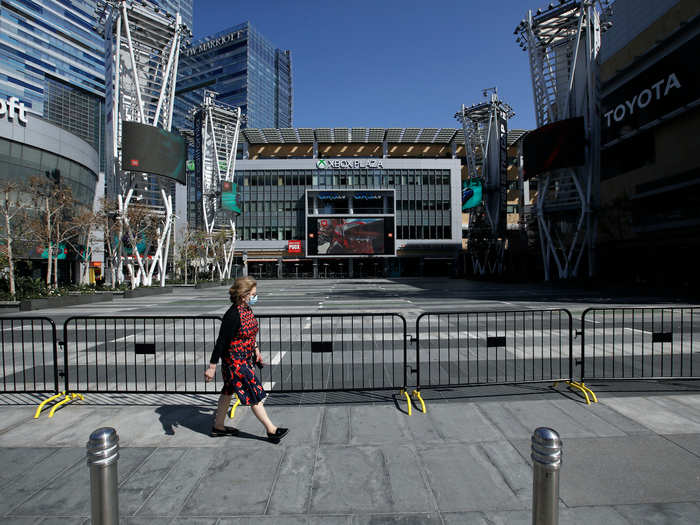
Newsom's outline of California's reopening plan comes a day after the governor announced that California, Washington, and Oregon have developed a joint regional plan to re-open state economies as the COVID-19 public health emergency grips the nation. Each state will also have individual reopening plans.
"We are announcing that California, Oregon, and Washington have agreed to work together on a shared approach for reopening our economies – one that identifies clear indicators for communities to restart public life and business," according to a statement released jointly on behalf of governors of all three states.
The statement stressed that state leaders would need to see a decline in the rate of the spread of the disease before large-scale reopening.
New York Gov. Andrew Cuomo also announced a similar effort Monday that is being developed in partnership with New Jersey, Connecticut, Rhode Island, Pennsylvania, and Delaware.
Popular Right Now
Advertisement